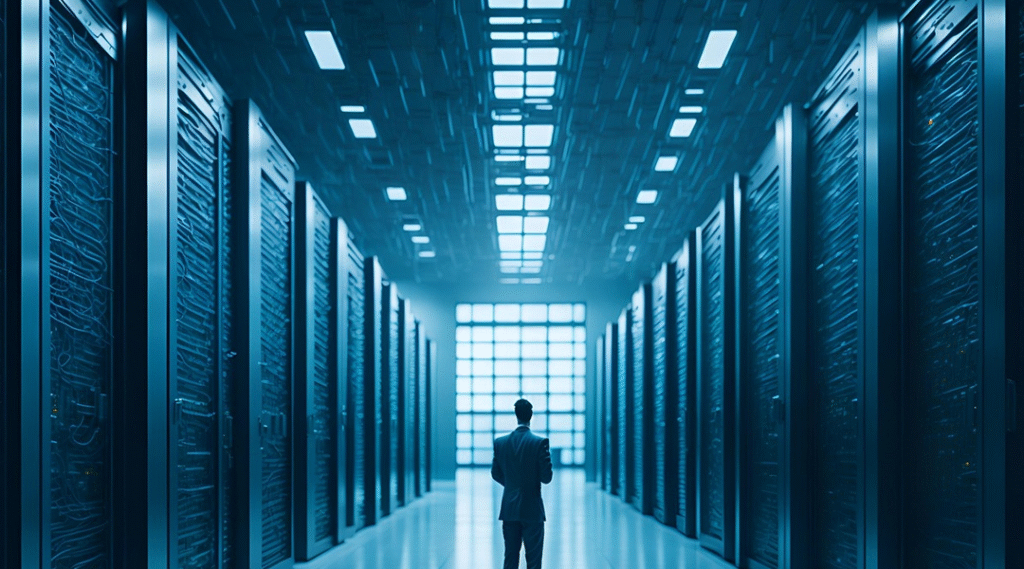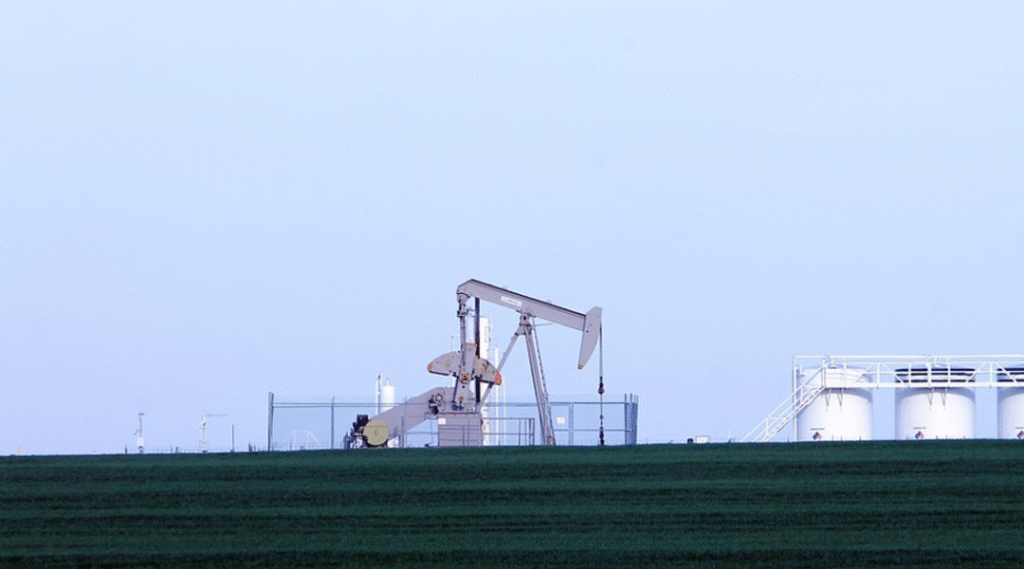In an era defined by digital transformation and high-performance computing, data centers are becoming denser, more powerful, and more critical to global infrastructure. As processing power increases, so too does the heat generated by IT equipment. Without effective cooling, even the most advanced data center can suffer from performance degradation, hardware failures, and costly downtime.
Selecting the right cooling technology is no longer a simple operational decision—it is a strategic choice that directly affects energy efficiency, system reliability, environmental sustainability, and long-term scalability. This article explores the key considerations and modern cooling solutions available to data center operators, with an emphasis on aligning technical capabilities with business goals.
Understanding the Cooling Imperative
Data centers consume vast amounts of energy, with a significant portion allocated to cooling systems. Traditionally, cooling has accounted for 30% to 40% of a facility’s total energy usage. As computing loads rise—driven by artificial intelligence (AI), big data analytics, and hyperscale cloud environments—cooling demands are intensifying.
The challenge is to remove excess heat efficiently while minimizing energy and water consumption, reducing operating costs, and meeting increasingly stringent sustainability standards.
Key Factors to Consider When Choosing a Cooling System
1. Power Density Requirements
The higher the power density—measured in kilowatts (kW) per rack—the more advanced the cooling solution needed.
- Low to Medium Density (<10 kW/rack): Traditional air cooling systems are typically sufficient.
- High Density (10–30 kW/rack): In-row cooling or rear-door heat exchangers may be needed.
- Very High Density (>30 kW/rack): Liquid cooling technologies such as direct-to-chip or immersion become necessary.
2. Geographical and Climate Conditions
Cooling system efficiency can be significantly influenced by the local climate.
- Cold and temperate regions can benefit from free cooling methods, such as air-side or water-side economization.
- Hot and humid climates require robust mechanical cooling systems with humidity control and air filtration.
3. Energy Efficiency and PUE Goals
Power Usage Effectiveness (PUE) is a critical metric. Lower PUE values reflect better energy efficiency. Choosing a cooling system with minimal auxiliary power consumption supports both cost reduction and sustainability targets.
4. Water and Environmental Sustainability
Water use effectiveness (WUE) is increasingly important. Data centers in drought-prone areas may need to avoid water-intensive evaporative cooling systems and opt for air-based or closed-loop liquid systems.
5. Scalability and Redundancy
A cooling system must scale with future expansions and support redundancy standards (N+1, 2N) to ensure uptime. Modular systems and adaptive control mechanisms allow better flexibility as IT loads evolve.
Overview of Cooling Technologies
Air-Based Cooling Solutions
- CRAC/CRAH Units: Traditional systems that distribute cooled air across the facility, suitable for low to moderate densities.
- Cold/Hot Aisle Containment: Improves airflow efficiency by physically separating hot and cold air streams.
- In-Row Cooling: Offers targeted cooling near the heat source; useful for higher-density deployments.
Pros: Widely used, easy to implement, compatible with existing infrastructure.
Cons: Limited efficiency at higher densities; may require increased floor space and airflow control.
Liquid-Based Cooling Solutions
- Rear-Door Heat Exchangers (RDHx): Mount at the back of server racks to cool exhaust air using chilled water.
- Direct-to-Chip Cooling: Circulates liquid directly to server components (CPUs, GPUs) via cold plates.
- Immersion Cooling: Submerges servers in dielectric fluid, offering unmatched thermal transfer for extreme workloads.
Pros: Excellent for high-density, space-constrained environments; reduces reliance on air movement.
Cons: Higher initial costs and complexity; not all equipment is compatible.
Free Cooling and Economizers
- Air-Side Economizers: Bring filtered outdoor air into the data hall when conditions permit.
- Water-Side Economizers: Use naturally cold water to cool systems, reducing the need for mechanical chillers.
Pros: Significantly reduces energy use; ideal for cool climates.
Cons: Not suitable in polluted or hot/humid areas without extensive filtration and control systems.
Emerging Trends and Strategic Insights
- Hybrid Cooling Architectures: Many facilities are adopting a combination of air and liquid systems to balance legacy equipment with high-performance needs.
- AI-Driven Thermal Management: Advanced control systems use AI and machine learning to optimize temperature setpoints, fan speeds, and workload placement.
- Sustainability-Driven Design: Operators are increasingly choosing refrigerants with low global warming potential (GWP), optimizing water usage, and aligning cooling strategies with carbon reduction goals.
- Edge and Modular Cooling: As edge data centers grow, localized cooling systems with plug-and-play architecture are becoming essential.
Choosing the right cooling technology for a data center involves far more than selecting a hardware configuration—it is a decision that reflects the operational priorities, financial constraints, and long-term vision of the organization.
Successful cooling strategies must account for current workloads and anticipate future trends. They should deliver performance while aligning with environmental regulations and energy efficiency standards. Ultimately, the most effective cooling solution is one that not only maintains optimal temperatures but also supports the resiliency, sustainability, and adaptability of the data center in a rapidly evolving digital landscape.
More articles about Data Centers:
Harnessing Efficiency: Overcoming Energy and Sustainability Hurdles in Data Centers
Cooling Innovations Powering the Next Generation of Data Centers
Decentralizing the Cloud: The Rise of Edge Computing and Micro Data Centers
Navigating Regulatory, Compliance, and Data Sovereignty in Modern Data Centers
As for in-depth insight articles about AI tech, please visit our AI Tech Category here.
As for in-depth insight articles about Auto Tech, please visit our Auto Tech Category here.
As for in-depth insight articles about Smart IoT, please visit our Smart IoT Category here.
As for in-depth insight articles about Energy, please visit our Energy Category here.
If you want to save time for high-quality reading, please visit our Editors’ Pick here.



